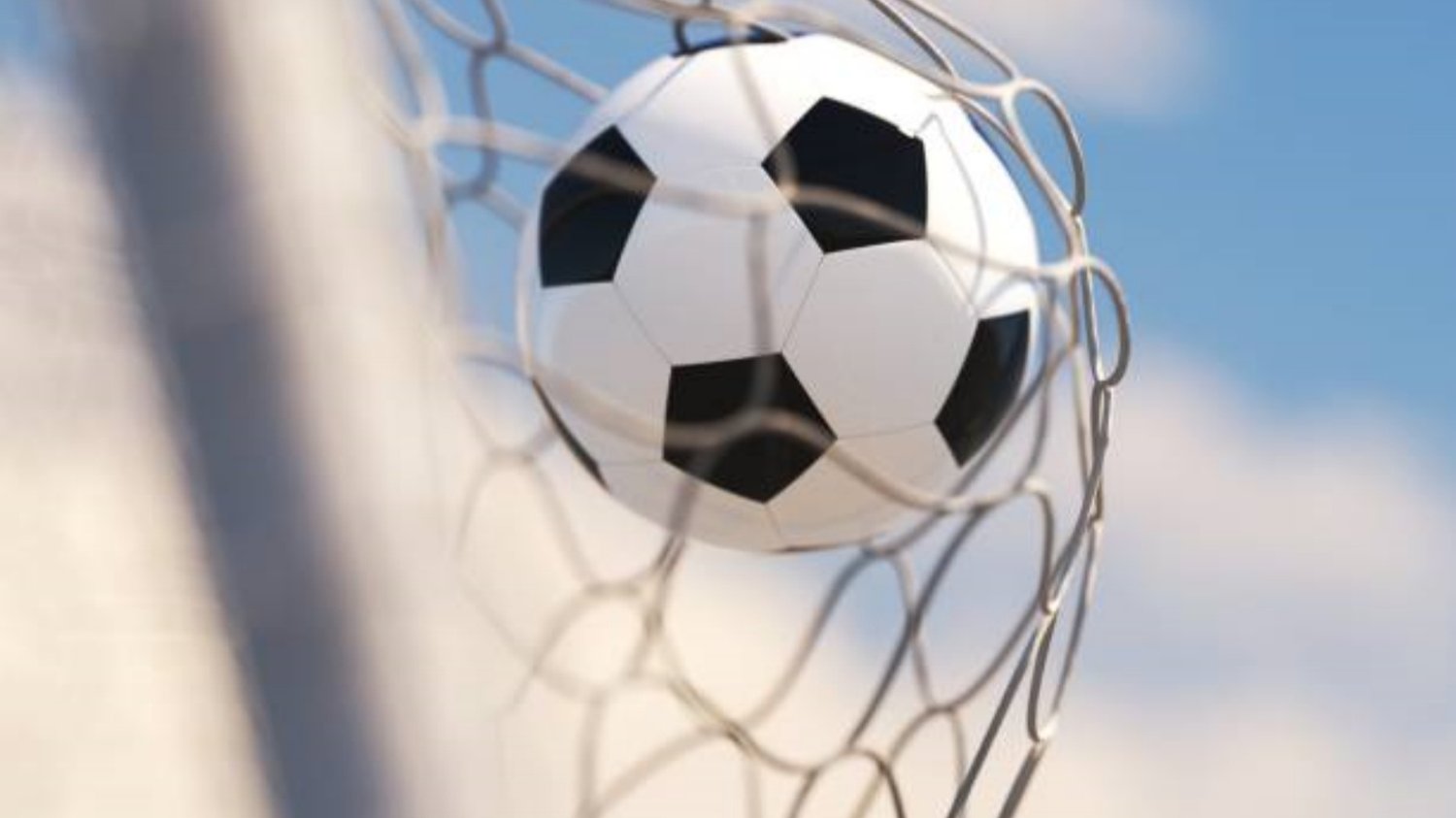Table of Contents

The Anatomy of a stitched soccer ball
A soccer ball is an essential piece of equipment used in the popular sport of soccer. It is composed of several parts that make up the whole. The stitched soccer ball, in particular, has become a crowd favorite due to its unique composition and durability. Below, we delve deeper into its anatomy and explore the key aspects that make stitched soccer balls special.
The Cover
The cover of a stitched soccer ball is its outermost layer. It covers the bladder and forms the shape of the ball. Historically, soccer balls were made from leather, but with modern technology, synthetic materials are now being used to make covers. The cover of the ball also determines how well it handles and how long it lasts.
The Panels
The panels of a stitched soccer ball are the individual segments that make up its outer shell. Traditionally, stitched soccer balls have 32 panels, but some modern designs have fewer such as 12, 18 or 24. The panels are stitched together, making the ball more durable as compared to glued panels.
The Bladder
The bladder is the innermost part of a stitched soccer ball. It is a rubber or latex chamber that holds the air. The bladder is the source of the ball's bounce and determines its overall feel.
The Stitching
The stitching is what holds the panels in place and makes up the unique design of the ball. The stitching is also responsible for the ball's shape, keeping it round and symmetrical. The stitching process requires expert care and attention to detail, making it a labor-intensive process.
Why Choose a Stitched Soccer Ball?
There are several reasons why a stitched soccer ball is the preferred option for many. Firstly, it is more durable as compared to some of its counterparts such as those with glued panels. Second, the stitching gives the ball a uniform shape and a consistent feel. Lastly, the stitching allows for greater customization of the ball's design, making it unique to each team.
Maintenance of a Stitched Soccer Ball
Maintaining a stitched soccer ball is essential to ensure it lasts longer and performs optimally. One tip is to regularly check the air pressure since a deflated ball can cause unnecessary stress on the stitching. Additionally, only play on dry and clean surfaces and avoid using the ball on rough surfaces that may cause damage to its cover.
The Right Size of a Stitched Soccer Ball
The correct size of a stitched soccer ball is determined by the age of the player. Size three balls are suitable for young children aged eight or younger, size four for ages eight to twelve, while size five is appropriate for players aged twelve and above.
Popular Stitched Soccer Ball Brands
Several manufacturers produce high-quality stitched soccer balls, including Select, adidas, and Nike. When selecting a ball, consider the cover material, shape, size, and price. Do some research to determine which brand best suits your needs.
The Cost of a Stitched Soccer Ball
The cost of a stitched soccer ball can vary depending on the brand, size, and the quality of materials used. However, a good quality ball can cost anywhere between $30 to $100, making it an affordable option for most soccer players.
Conclusion
A stitched soccer ball is an essential piece of equipment for soccer players, both amateurs and professionals. It is a unique piece of equipment due to its design, durability, and performance. By taking good care of your ball, you can ensure years of optimal performance and enjoyment of the sport.
